Buenaventura: Colombia's Port Of The Missing
Under the terror reign of Colombia's warring guerrilla and paramilitary groups, the people of Buenaventura were dismembered alive, their screams meant to serve as a warning to others.
Now, under the drug gangs, they disappear quietly.
The largely Afro-Colombian community of La Playita (Little beach), a poor neighborhood of houses on stilts near Buenaventura port have lived in the firing line of one armed conflict or the other for decades.
In the last 20 years, some 779 people have forcibly disappeared in Buenaventura, according to Colombia's Special Jurisdiction of Peace created to investigate crimes committed during five decades of fighting between the government and FARC guerrillas.
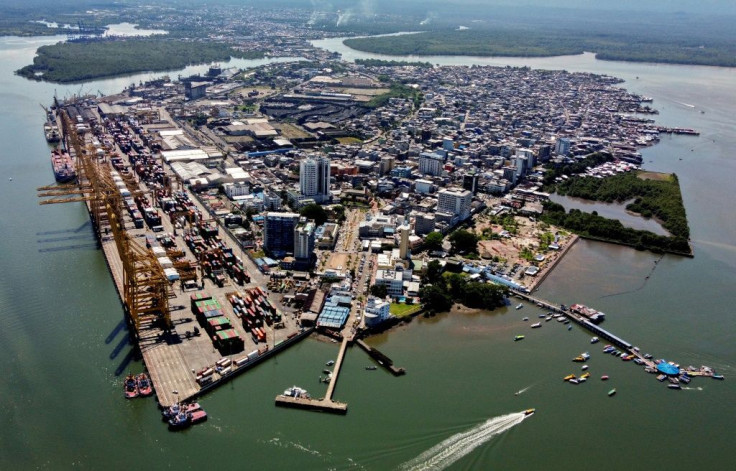
Despite peace officially coming to Colombia in 2016, La Playita has seen 44 murders so far this year alone as locals fall victim to violent displays of dominance by rival drug gangs.
In the same period, 13 people have gone missing from the community of some 2,000 Afro-Colombians living along the Nayero bridge, and 8,000 were displaced. Many believe the true numbers to be higher.
The bodies, the locals believe, are dumped in the mangrove. But they are warned by the kidnappers never to go look for them.
"We can't go left or right. It's an open air road but we feel imprisoned," said Jhony Viveros, 37, a community leader issued with a bullet-proof vest by the authorities.
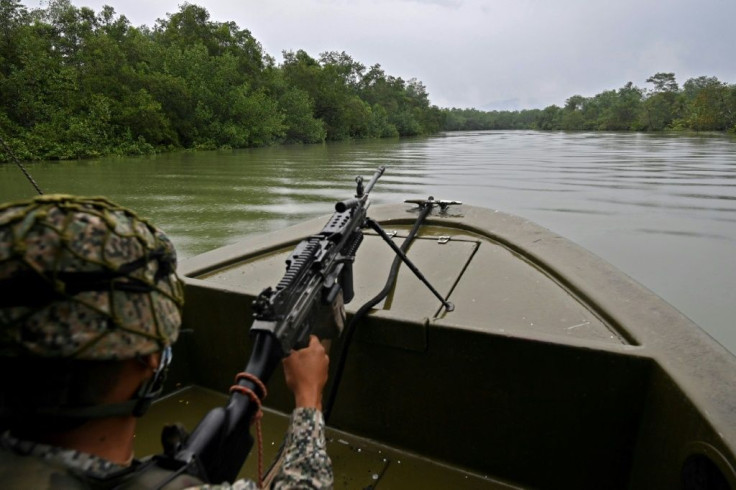
Currently blockaded by anti-government demonstrations that have paralyzed Colombia since the end of April, Buenaventura is the country's main Pacific coast port.
Some 40 percent of Colombia's international trade comes through here, and most of the cocaine heading to the United States.
Criminal gangs have expanded their empires right up to the marshes that border the town, turning Buenaventura into a hellhole of shoot-outs, kidnappings and extortion.

From La Playita, a steep road leads down to the estuary "where the dead disappear," a 48-year-old community leader said on condition of anonymity.
Civilian and religious leaders, and human rights defenders have told AFP the mangroves are the maritime equivalent of the secret graves where 185,000 missing victims of Colombia's near six-decade long conflict are buried.
Hounded from the skies by the armed forces, drug-traffickers have turned to the oceans over the last two decades.
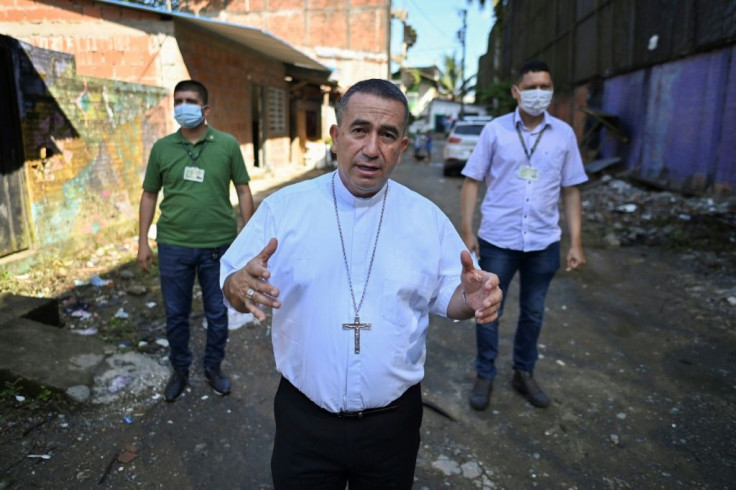
Gangs have been able to take advantage of "the natural network of estuaries and basins" and "the navigators' expert knowledge" of the port, said Juan Manuel Torres, a researcher at the Peace and Reconciliation Foundation.
Today a gang known as La Local -- former paramilitaries -- reign in the area, transporting drugs in locally-made submarines.
Security depends not on authorities, says Torres, but rather "fragile" agreements between armed groups.
Every time those are broken, Buenaventura is plunged into a new cycle of shoot-outs, murders and disappearances of those seen as hindering the gangs.
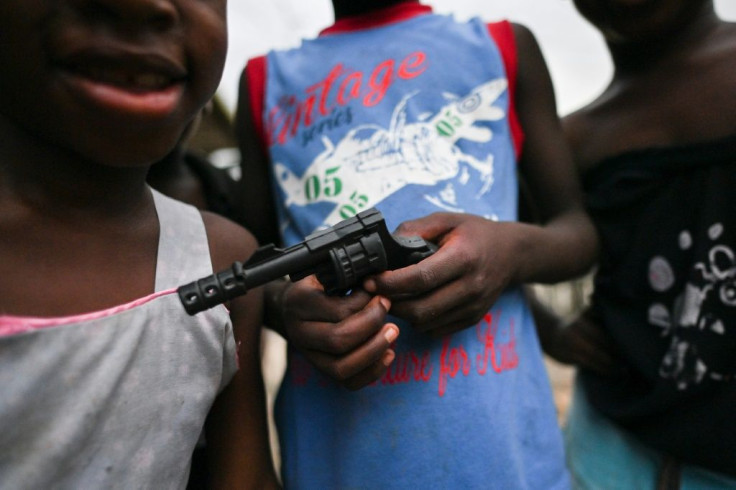
"The estuary remains a macabre place to make people disappear by boat," said former priest Adriel Ruiz, 42.
He has installed a "chapel of memory" adjacent to the church where he worked until 2016. Dozens of photographs of victims are on display -- including one of the canoe of a fisherman who went missing.
Ruiz opposes the dredging of the San Antonio estuary -- part of works to expand the port -- as it would bury the hopes of families looking for their missing loved ones.
"They're already dead, don't make them disappear," said Ruiz.
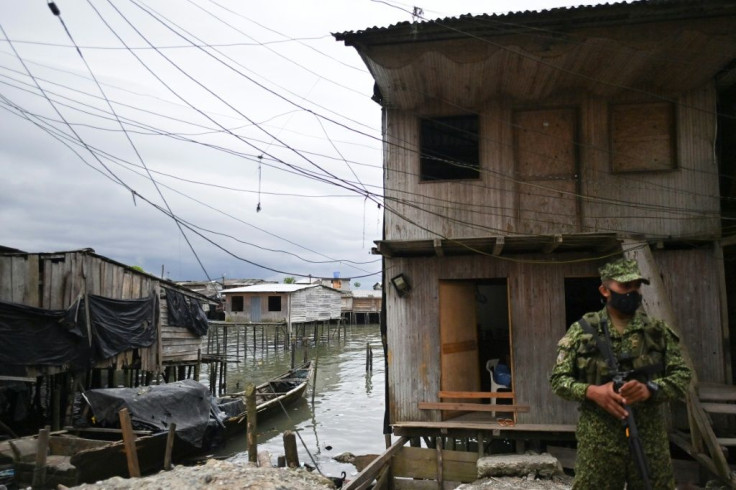
It is not just gang members who disappear -- fishermen, merchants, laborers, housewives, peasants and casual workers figure amongst the victims, according to a study by the El Espectador daily newspaper.
Maria (not her real name), a 54-year-old, lost her sister in 2015. Aged 35, she received a telephone call, left home, and was never seen again.
"At first we looked everywhere for her and went to see the authorities, but they never told us anything," said Maria, haunted by the thought that her sister's body was dumped in the mangrove.
"Disappearance always ends in murder, it's rare that a person reappears alive," said local mayor Victor Hugo Vidal.
Before the drug gangs, also involved in illegal gold extraction, racketeering and extortion of locals through protection rackets, there were the guerrilla and paramilitary fighters.
Along a route down to the mangroves, one community leader stops behind a house and whispers: "This used to be a chopping house. You saw them being dragged in, pleading, while kids were playing in the street.
"We went into our houses and listened to the cries of pain."
Buenaventura Bishop, Ruben Dario Jaramillo, 54, added: "They cut people up and threw them into the sea. We could see them floating along the coast: heads, hands and (pieces of victims) in rubbish bags."
"Now they're making them disappear by taking them to places further away," he added.
Since 2014, the state has been ordered by the Inter-American Commission on Human Rights to protect the people of La Playita.
The bishop, the mayor, community leaders and young anti-violence activists are all at risk.
Buenaventura, whose name ironically means "Good Luck", is not just the port of the missing but also of youngsters recruited by gangs -- whether by force or the seduction of money and weapons.
No-one in this town of 311,000 that mostly survives on informal work linked to privately-owned port businesses can walk around in safety -- many prominent people are flanked by bodyguards.
A street shoot-out can erupt at any moment, and most of the perpetrators and victims are youngsters from the Afro-Colombian community, which makes up 91 percent of the town.
The navy patrols the coasts while soldiers and armed police are on the streets.
Marine Corps colonel Samuel Aguilar is in charge of a government intervention plan launched after a spike in violence in December.
He says 1,200 members of the security forces are battling 200 heavily armed youngsters from the Los Shotas and Los Espartanos gangs, rivals of La Local.
"These youngsters are the ones that murder, these youngsters are the ones stealing and are part of the criminal gangs," said Yudi Angulo, 33, an anti-violence activist.
"Buenaventura's problem is the youth. That's how many people see it."
"That's why we're mobilizing," said fellow activist Leonard Renteria, 29, who can no longer move around the town he grew up in without an escort.
"The State has failed the youth of Buenaventura more than anywhere else."
© Copyright AFP 2024. All rights reserved.





















